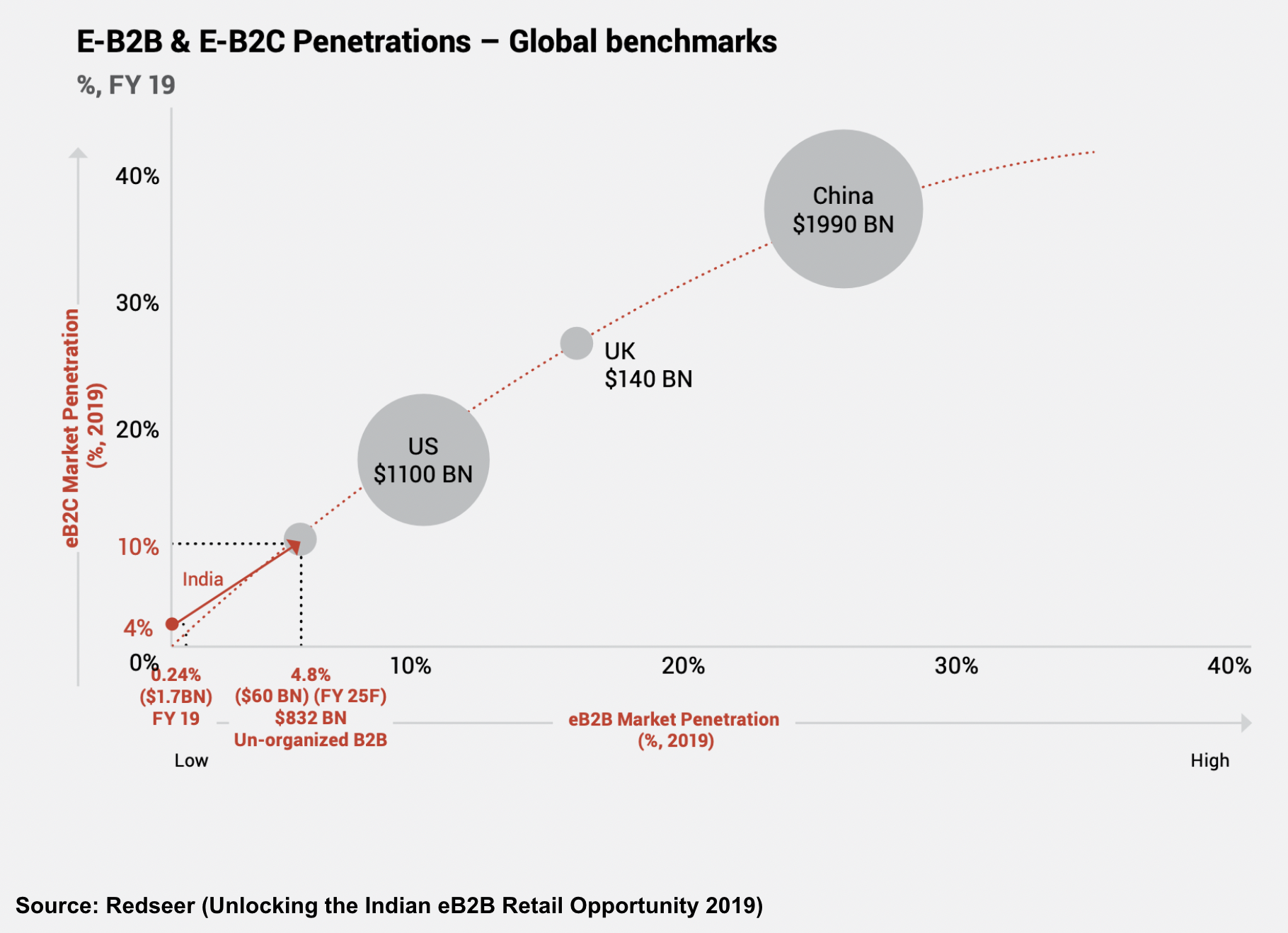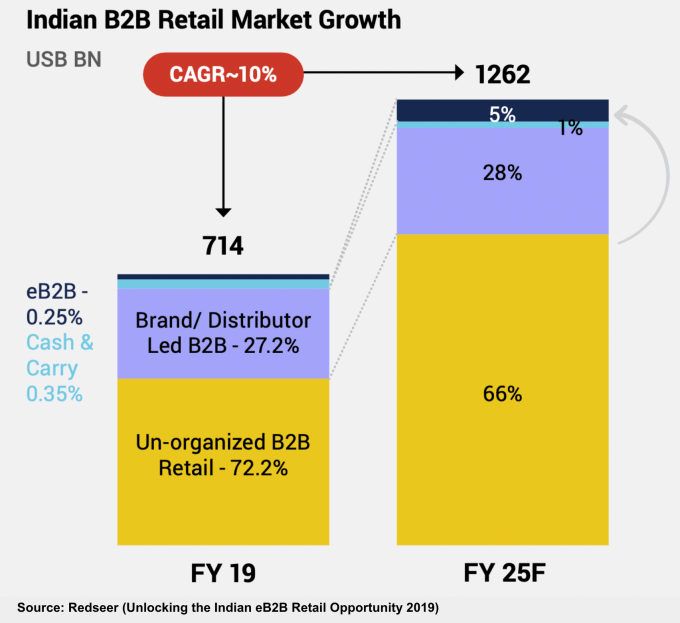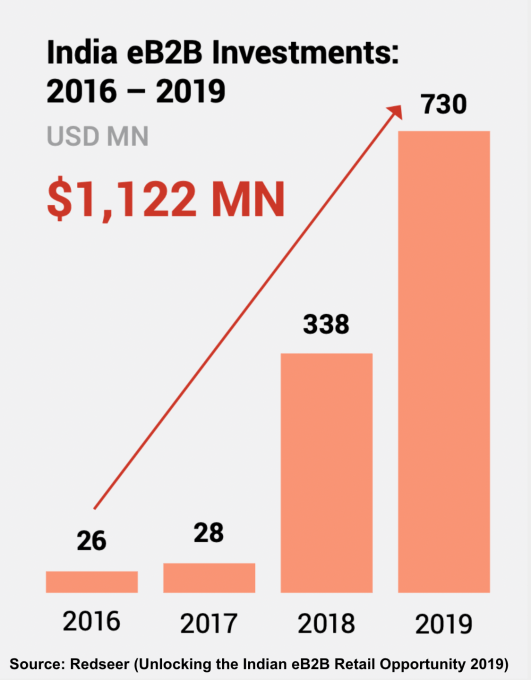India has long harbored a strong entrepreneurial spirit, and it’s not uncommon to see people leaving jobs to set up their own businesses. A hallmark of that spirit is quite visible these days in the country’s flourishing startup ecosystem, which has expanded rapidly in the past few years, to say the least.
However, the global slowdown has impacted startups’ growth in the country, just like everywhere else in the world. After a blockbuster year for venture capital funding in 2021, the flow of capital to Indian startups seemed like it would buck global trends in early 2022, but dried up in the second half of 2022.
Nevertheless, investors are optimistic about their prospects in the country and feel that the global slowdown is helping founders focus more on building and strengthening their core business.
“While this is a tough environment for companies, we see it as an opportunity to pause, take stock and consolidate,” said GV Ravishankar, managing director of Sequoia India.
“Founders are becoming a lot more focused on building and strengthening their core business and are getting sharper about capital allocation and driving improvements in the economic shape of their businesses,” he said.
“Working with uncertainty is very much the nature of the beast.” Roopan Aulakh, managing director, Pi Ventures
All the investors we spoke to agreed that in order to make the best of the situation, startups should conserve runway and prioritize growth if they can afford to do so.
For Ashutosh Sharma, head of India investments at Prosus Ventures, it is paramount for startups to ensure their existence at this time. “This allows startups to take a step back and focus on internal processes, business model evolution and organizational issues [ … ] These factors, once fixed, will lead to more organic product-market fit, which will lead to growth alongside economics.”
India’s startup landscape has changed immensely over the past couple of years, so to better understand how Indian investors are approaching investments, the regulations they are looking out for, which sectors currently have their attention and how they prefer to be approached, we spoke with a few active investors:
GV Ravishankar, managing director, Sequoia India
After a year of hot investments, India saw a significant drop in VC funding in 2022, and this year is likely to be similar. How has your investment strategy changed?
After more than a 12-year bull run for tech in the global markets supported by low interest rates, since the beginning of 2022, we have witnessed a significant slowdown in capital flows. This has resulted in a difficult environment from a capital availability perspective in India and other emerging markets.
While this is a tough environment for companies, we see it as an opportunity to pause, take stock and consolidate. Founders are becoming a lot more focused on building and strengthening their core business and are getting sharper about capital allocation and driving improvements in the economic shape of their businesses.
So it is actually a healthy period and it will result in high-quality businesses coming out of this market in the next couple of years.
What advice would you give your portfolio startups to continue growing at this time?
Focus on growth with good economics and don’t “buy” growth, as that will come with poor economics and hence is not sustainable. Focus on the core business and deprioritize experimental investments.
Double down on the core product if capital is available, as there is a chance to pull ahead from competitors in a market like this through the right investments. The current environment can also provide good opportunities to acquire capabilities through M&A at attractive prices if capital is available.
Compared to 2019, what were the most notable investment trends in India in 2022? Do you expect these trends to continue into 2023? Which sectors do you think will emerge as the next big thing by 2025?
There has been continuous innovation over the last several years thanks to more digital adoption and lower data pricing. After COVID, we saw significant uptick in e-commerce, edtech and technology-enabled service delivery across sectors. We also saw fintech pick up as a big theme and supply chains got digitized, including in manufacturing and agriculture.
Our core sectors are software, consumer, consumer internet, fintech and financial services. These remain continued areas of focus for us and constitute 80% of our efforts. Other upcoming sectors are EVs, climate tech, space tech and opportunities from supply chain shifts to India. Today, these are small and emerging sectors, but tomorrow, they could be massive opportunities.
So we are meeting early-stage founders who are building in this space and partnering with startups that are trying to create innovative solutions for some of the challenges faced in these industries.
The 20% of what we do keeps changing every few years because of market trends and tech innovations, but, by and large, the 80% has remained the same for nearly 17 years. Fundamentally, we are looking to partner with founders who are going after large problems in large markets to make a dent in the world. That will always remain the same.
What sets the sectors you are currently investing in apart from others? How do you evaluate the potential of a startup in these sectors before making an investment?
We evaluate a startup by the market they are going after (whether it is large, growing and has profit pools), the team (founder-market fit; why this team) and business model/moats (do they have a better mouse trap and why will they sustain their advantage?).
What qualities do you find most important in a founder when evaluating their potential for success? Conversely, what is a major red flag that would cause you to back off?
One of the most important qualities we look for in founders is their perseverance and grit to go after the problems they’ve set out to solve. From a founder-market fit perspective, we also ask what makes a founder or a founding team best positioned to win in the market, and what are their unique insights into the problem they are solving.
Red flags are linked to failed background checks or if the business metrics represented don’t check out in diligence.
Ashutosh Sharma, head of India investments, Prosus Ventures
After a year of hot investments, India saw a significant drop in VC funding in 2022, and this year is likely to be similar. How has your investment strategy changed?
Given the environment of rate hikes and geopolitical uncertainty, last year, we adopted a more conservative approach, setting the bar much higher for investments. Following that, we shifted our investment focus to smaller ticket sizes, earlier stages and toward companies in the SaaS and B2B domains.
4 Indian investors explain how their investment strategy has changed since 2021 by Jagmeet Singh originally published on TechCrunch








